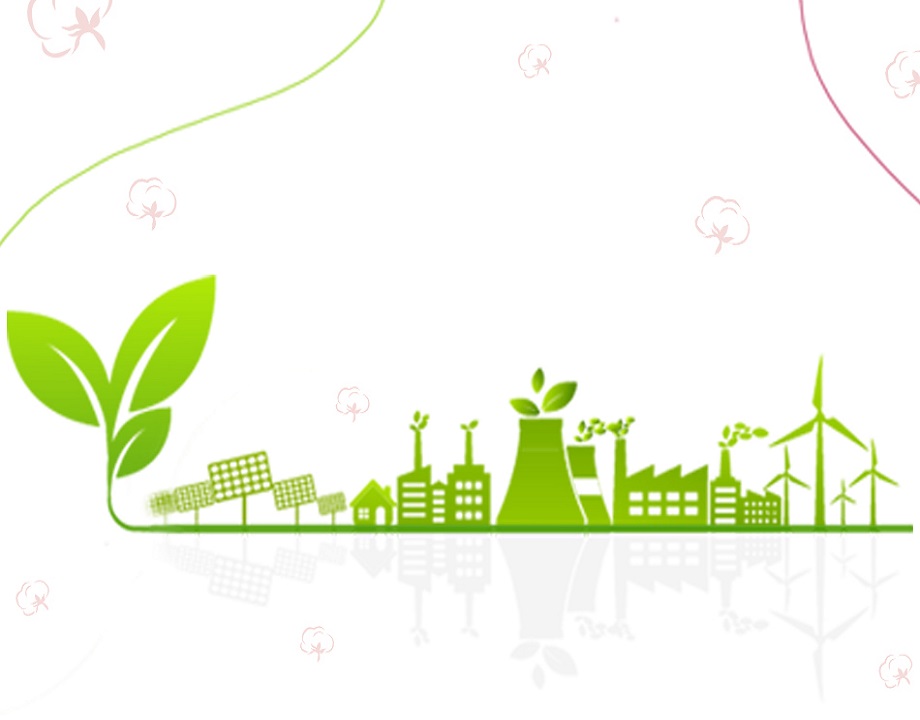The Art of Sustainable Textile Printing: What Sets Us Apart

Potential challenges and opportunities in the industry
Textile printing has been an integral part of the fashion and textile industry for centuries. However, with the growing concern for environmental sustainability, the concept of sustainable textile printing has gained significant attention.
In this article, we will explore the art of sustainable textile printing and understand what sets it apart from traditional methods. We will delve into the principles, techniques, materials, innovations, and future outlook of sustainable textile printing.
Understanding Sustainable Textile Printing

Sustainable textile printing can be defined as a holistic approach that considers the environmental, social, and economic impacts of the printing process.
It focuses on minimizing waste, reducing pollution, conserving resources, and promoting ethical practices throughout the production chain.
By adopting sustainable textile printing, manufacturers and designers contribute to a more sustainable and responsible fashion industry.
The Environmental Impact of Traditional Textile Printing

Traditional textile printing methods, such as screen printing and rotary printing, often involve the use of harsh chemicals, excessive water consumption, and high energy requirements.
These practices have a detrimental impact on the environment, contributing to pollution, water scarcity, and energy waste.
Comparatively, sustainable textile printing offers a greener alternative with reduced environmental footprints.

Materials and Processes in Sustainable Textile Printing
Choosing sustainable fabric options plays a crucial role in sustainable textile printing.
Eco-friendly pre-treatment and post-treatment processes are implemented to reduce waste and pollution.
Biodegradable and non-toxic printing materials, such as natural pigments and organic binders, are utilized to ensure a sustainable and safe printing process.

Innovations in Sustainable Textile Printing
The sustainable textile printing industry is constantly evolving with advancements in technology and materials.
Cutting-edge ink formulations, such as plant-based and biodegradable inks, are revolutionizing the sustainability of textile printing.
Additionally, sustainable printing equipment and machinery are being developed to enhance efficiency and reduce waste.

Case Studies: Leading Examples of Sustainable Textile Printing
Highlighting successful brands and manufacturers that have adopted sustainable textile printing practices provides real-world examples of its implementation.
These case studies showcase the positive outcomes of sustainable printing initiatives and inspire others in the industry to follow suit.
The Future of Sustainable Textile Printing

The future of sustainable textile printing holds promising opportunities for continued innovation and growth. Emerging trends and developments in sustainable printing are reshaping the industry. However, there are also challenges to overcome, such as scalability, cost-effectiveness, and consumer awareness. Sustainable textile printing will play a crucial role in achieving a circular economy within the fashion and textile sector.
sustainable textile printing sets itself apart by prioritizing environmental responsibility and ethical practices. It offers a greener alternative to traditional printing methods, reducing waste, conserving resources, and promoting a more sustainable fashion industry. By embracing sustainable textile printing, we can contribute to a better future for both the planet and the fashion industry.
sustainability is not just a trend but a necessary shift towards a more responsible and conscious way of producing textiles. Let’s support and promote sustainable practices in the art of textile printing.
